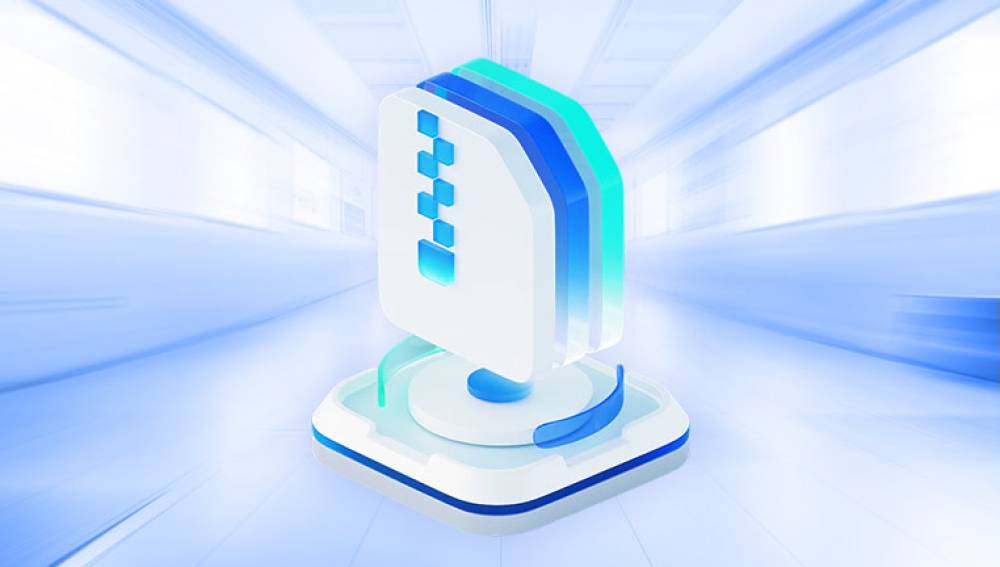The "Erase All Content and Settings" feature on iOS devices is designed to restore the device to its factory state by deleting all data, apps, and settings. This feature is typically used when preparing a device for resale, troubleshooting persistent issues, or starting fresh.
Insufficient Battery Life: If the device's battery is low, the process may not initiate to avoid interruptions during the erasure.
Software Glitches: iOS can sometimes encounter bugs that prevent the erasure process from completing.
Restrictions and Management Profiles: Devices managed by organizations (e.g., schools or workplaces) might have restrictions that prevent a complete reset.

Corrupt System Files: Corrupted files within the iOS system can impede the erasure process.
Network Issues: The erasure process might need to verify the action with Apple servers, and a poor network connection can cause failures.
iCloud Backup and Activation Lock: If iCloud Backup is not disabled, or Activation Lock is enabled, the process might halt.
Troubleshooting Steps
Step 1: Ensure Sufficient Battery
Make sure the device has at least 50% battery life or is connected to a power source. A low battery can prevent the process from starting or completing.
Step 2: Update iOS
Ensure that the device is running the latest version of iOS. To check for updates:
Go to Settings > General > Software Update.
If an update is available, download and install it.
Step 3: Disable Restrictions and Management Profiles
If your device is managed by an organization:
Contact the administrator to remove any restrictions or profiles.
If you have access, go to Settings > General > Profiles & Device Management and remove any profiles.
Step 4: Reset Network Settings
Sometimes, resetting the network settings can resolve connectivity issues that might be preventing the erasure:
Go to Settings > General > Reset > Reset Network Settings.
Step 5: Disable iCloud Backup and Activation Lock
iCloud Backup: Go to Settings > [your name] > iCloud > iCloud Backup and turn it off.
Activation Lock: Go to Settings > [your name] > Find My > Find My iPhone and turn it off.
Step 6: Force Restart the Device
Performing a force restart can clear temporary glitches:
For iPhone 8 or later: Press and quickly release the Volume Up button, then press and quickly release the Volume Down button. Finally, press and hold the Side button until you see the Apple logo.
For iPhone 7 and 7 Plus: Press and hold both the Volume Down button and the Sleep/Wake button until you see the Apple logo.
For iPhone 6s and earlier: Press and hold both the Sleep/Wake button and the Home button until you see the Apple logo.
Step 7: Use iTunes or Finder
If the above steps fail, using iTunes (Windows or macOS Mojave and earlier) or Finder (macOS Catalina and later) can provide an alternative method:
Connect your device to your computer using a USB cable.
Open iTunes or Finder and select your device.
In the Summary or General tab, click Restore iPhone.
Step 8: Use Recovery Mode
If the device is still unresponsive, try using Recovery Mode:
Connect your device to your computer.
Follow the steps to force restart your device, but do not release the buttons when you see the Apple logo. Continue holding until you see the Recovery Mode screen.
In iTunes or Finder, you will see an option to Restore or Update your device. Choose Restore.
Step 9: DFU Mode
As a last resort, you can use Device Firmware Update (DFU) mode to restore the device:
Connect your device to your computer.
Follow the steps to enter DFU mode:
For iPhone 8 or later: Quickly press and release the Volume Up button, quickly press and release the Volume Down button, then press and hold the Side button until the screen goes black. While holding the Side button, press and hold the Volume Down button for 5 seconds, then release the Side button while continuing to hold the Volume Down button for 10 more seconds. The screen should remain black.
For iPhone 7 and 7 Plus: Press and hold both the Volume Down button and the Sleep/Wake button for 8 seconds, then release the Sleep/Wake button while continuing to hold the Volume Down button for 10 more seconds. The screen should remain black.
For iPhone 6s and earlier: Press and hold both the Sleep/Wake button and the Home button for 8 seconds, then release the Sleep/Wake button while continuing to hold the Home button for 10 more seconds. The screen should remain black.
In iTunes or Finder, you will see a message saying that it has detected an iPhone in recovery mode. Click Restore.




